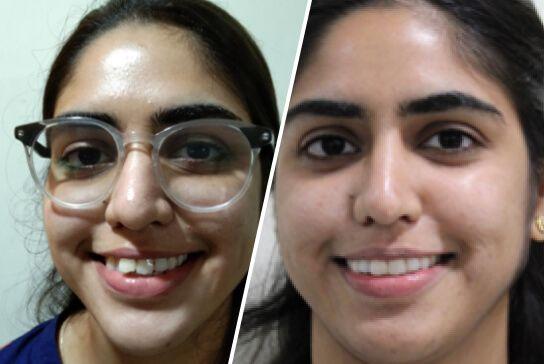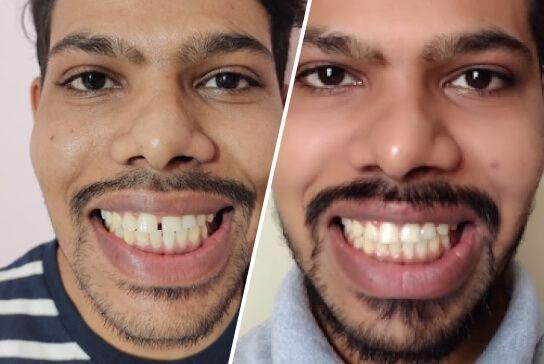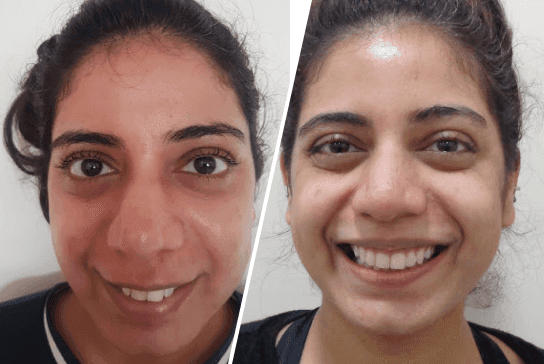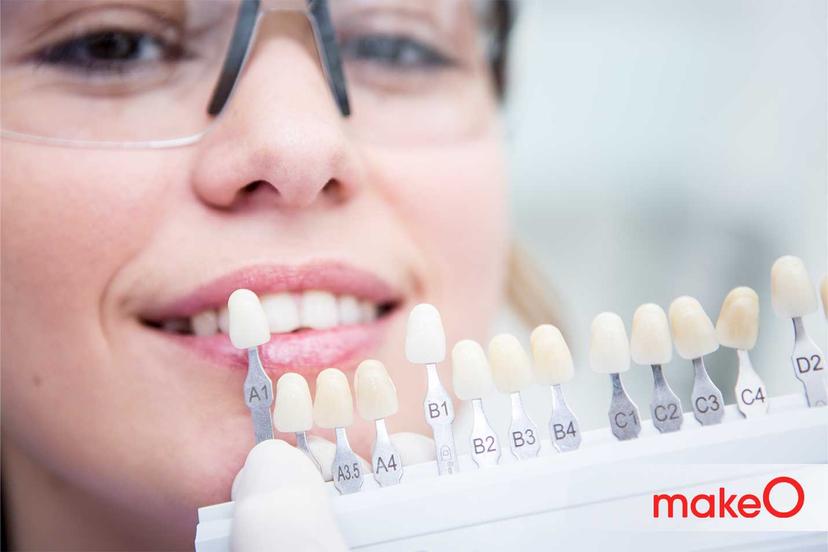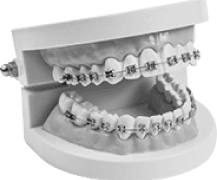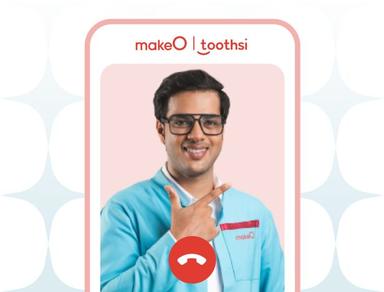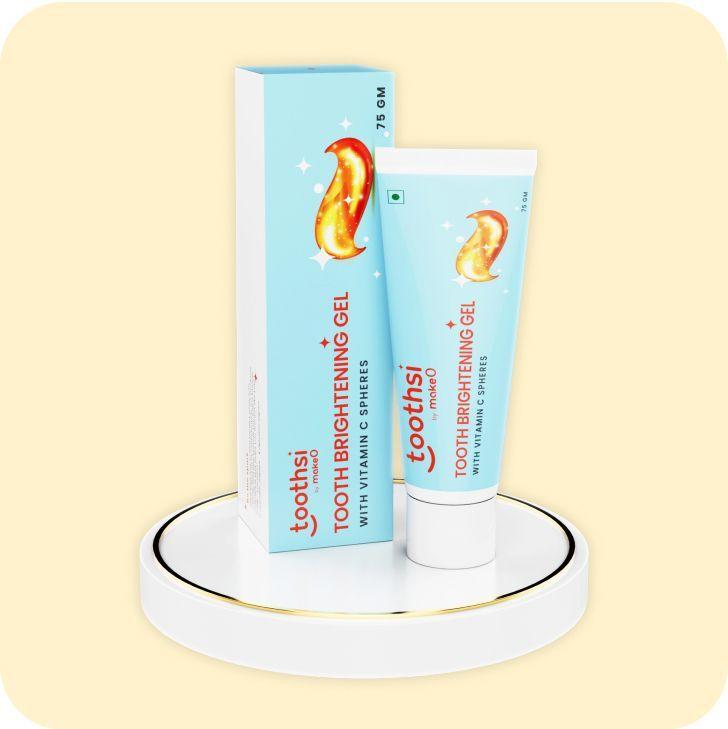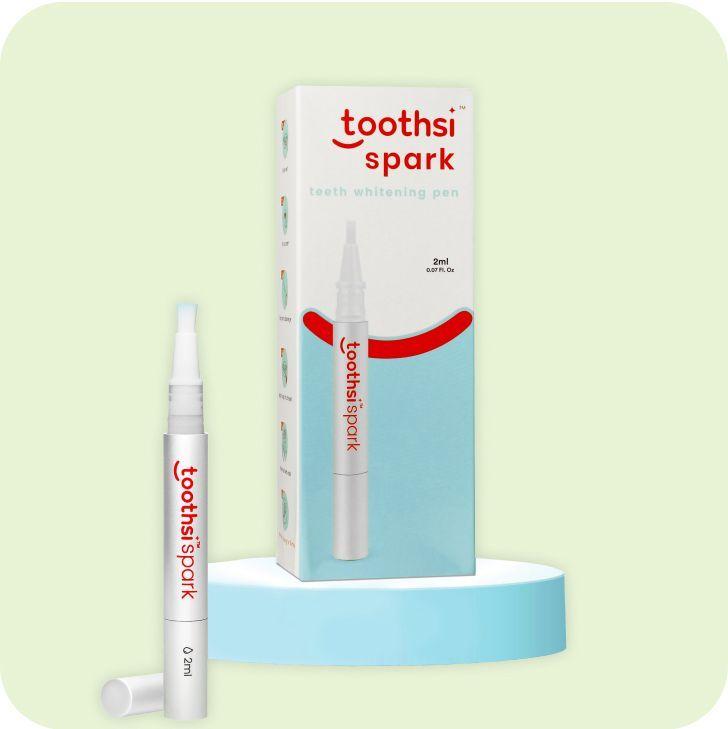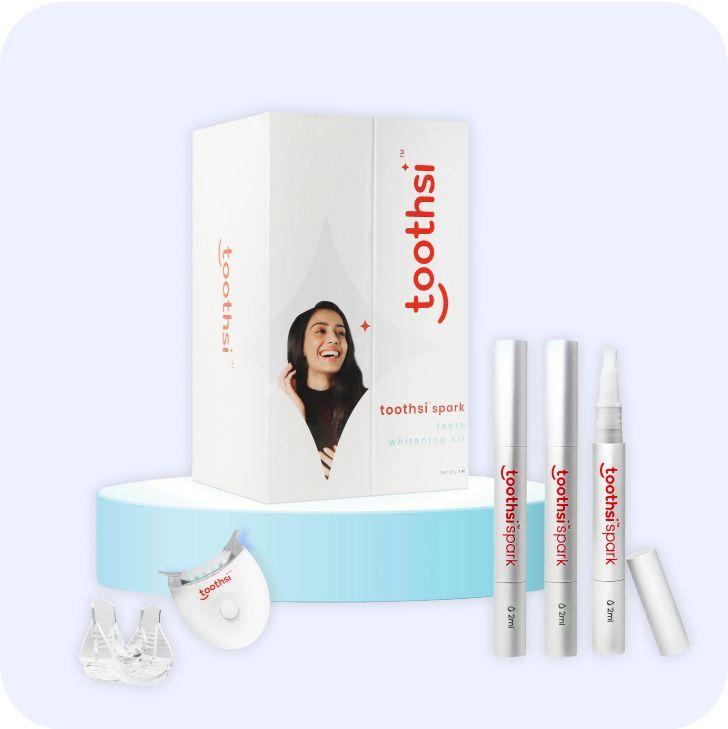The Truth Behind Oil Pulling for Teeth Whitening
Did you know that oil pulling for teeth is a practice rooted in Ayurvedic medicine, an ancient system that originated in India over 3,000 years ago? The process involves swishing a teaspoon of oil in your mouth (for about 5 to 20 minutes each day) before spitting it out. While traditional Ayurvedic practices recommend sesame oil, many modern users opt for coconut oil instead. Social media influencers and celebrities often praise this technique as a simple and natural remedy for whitening teeth and improving oral health. But does it truly deliver on its promises of whiter teeth and all the other benefits these influencers claim? In this article, we will take a closer look.
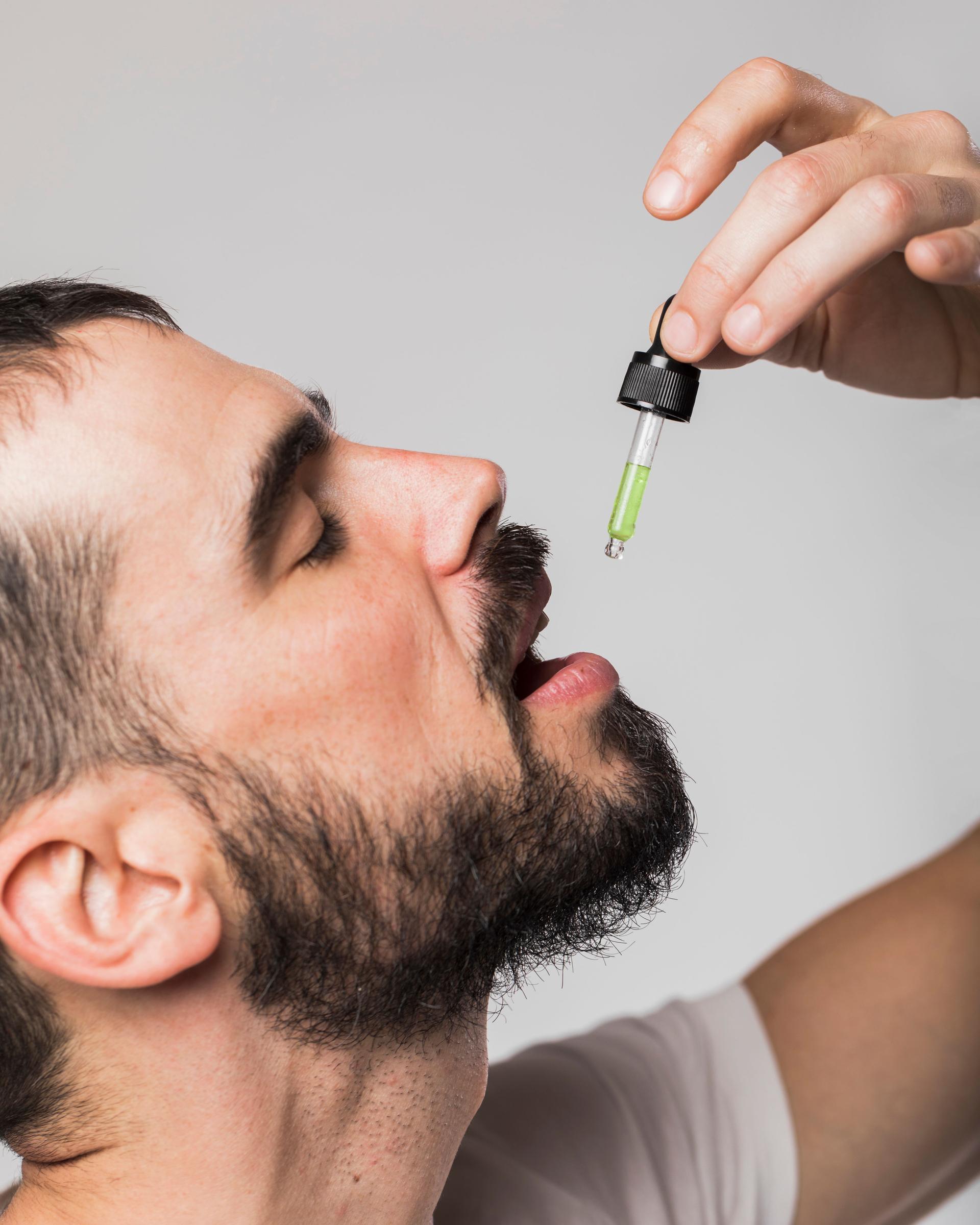
Benefits of Oil Pulling for Oral Health and Teeth Whitening

Prevents Plaque and Bacteria: Studies indicate that oil pulling, especially with coconut oil, may help inhibit plaque formation. A 2020 study confirmed this benefit, while a 2008 study showed that the pulling could be just as effective as mouthwash in reducing harmful bacteria like Streptococcus mutans, which contribute to tooth decay.
Preserves Gum Health: Oil swishing can also reduce gingivitis, an early form of gum disease. Research from 2020 and 2009 supports this claim, showing that the practice may help maintain gum health by reducing inflammation and bacteria buildup.

Freshens Breath: Oil swishing is said to be beneficial for individuals having issues with bad breath. In traditional Ayurveda, it is believed to work similarly to mouthwash and make your breath fresher by fighting bacteria causing unpleasant breath and reducing inflammation.
Helps with Dry Mouth: If you have a dry mouth or chapped lips, oil pulling may work by moisturizing and soothing the tissues to help relieve these issues.
However, when it comes to effects like teeth whitening, oil pulling is unlikely to deliver results, despite some of the claims made by social media influencers or celebrities. According to medical professionals, there is no scientific evidence to support the idea that oil pulling can whiten teeth or address a range of other health concerns (like diabetes or clearing sinuses). Although it may have some plaque removal benefits, there is no solid evidence suggesting that swishing your mouth with oil can reduce cavities or whiten teeth.
It is also important to note that while there may be some potential advantages of oil pulling, it should not replace regular brushing and flossing. Consistent brushing twice a day and flossing once or twice daily remain essential for maintaining optimal oral health.
Potential Risks and Side Effects of Oil Pulling
While oil swilling is generally safe, it might cause tingling or an unpleasant taste for some, leading them to brush eventually. Rare allergic reactions may occur, and swallowing small amounts of oil can cause digestive issues like nausea or diarrhea. Additionally, the repetitive swishing motion may also strain the jaw, especially for those with bruxism. Therefore, consulting a dentist is recommended before you start.
Moreover, if you are an aligner wearer, oil pulling can leave a residue that might make your aligners look discolored. With time, your aligner materials can lose their clarity and become less attractive. Therefore, to avoid this, you need to remove your aligners before oil pulling and clean them thoroughly afterward.
Other Home Teeth Whitening Techniques
While oil pulling may not help lighten your teeth, there are multiple other teeth-bleaching treatment options. If you want at-home teeth whitening solutions, you can always try
Whitening Toothpaste: These kinds of toothpaste are specially formulated with hydrogen peroxide or baking soda which may gradually help lighten teeth (by one or two shades) with consistent use.
Whitening Strips/Gels: These strips or brushes contain concentrated peroxide gels that may help lighten your teeth within days. However, please note that its overuse may cause sensitivity or gum irritation.
Whitening Trays: These products consist of high peroxide concentrations for faster teeth whitening results, but proper use and caution are essential to avoid dental issues.
Whitening Rinses: These rinses contain bleaching agents like hydrogen peroxide but aren't as effective as other options due to short contact time with teeth. However, results may show a shade or two difference over months.
Along with teeth whitening products, you may also try a teeth cleaning kit at home to remove plaque and bacteria. For professional guidance, consider visiting a dentist. This can address any additional concerns you may have.
**Conclusion **
Although there may be some oil-pulling benefits for oral health, such as reducing plaque and improving gum health, it is not a solution for teeth brightening. Most importantly, it should not replace traditional oral hygiene practices like brushing and flossing. While generally safe, oil pulling may cause discomfort or strain if not done correctly. If you're considering pulling, it's important to consult with a dentist and ensure it complements your overall oral care routine. You can easily schedule an appointment online with makeO Toothsi for all your dental queries and needs to achieve the bright and healthy smile you deserve.

